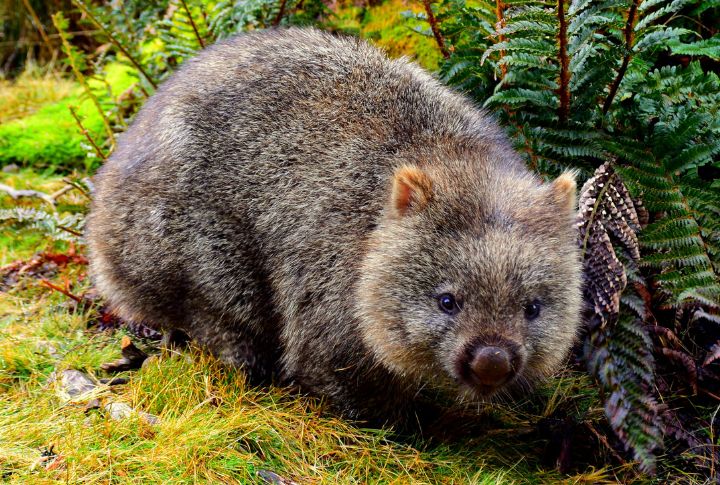
There’s a certain thrill in hearing a fact so wild it momentarily scrambles your brain. Animals seem built to create moments like that. One unexpected detail grabs you, then curiosity drags you deeper before you realize it. If you enjoy that mix of confusion and fascination, keep reading—the ride ahead delivers more of that spark.
Pistol Shrimp
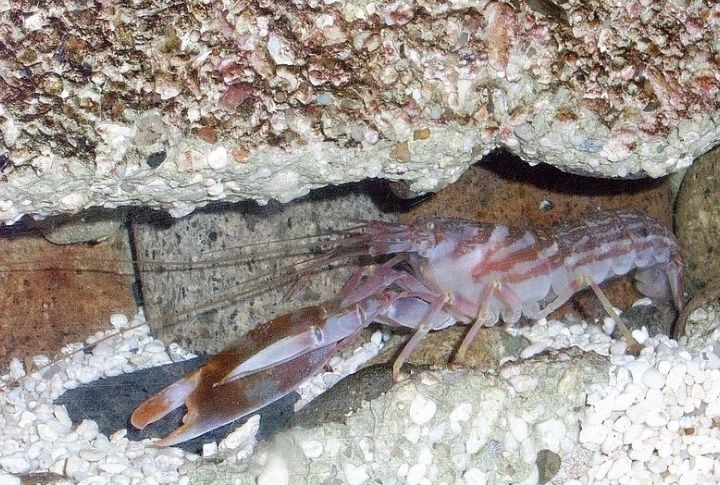
The ocean gives us plenty of surprises, but a shrimp that fires heat like a tiny star feels outrageous. Its claw snap creates a blistering bubble and a shockwave that drops small prey instantly. The best part? The collapsing bubble also tosses out a tiny flash of light.
Wombat
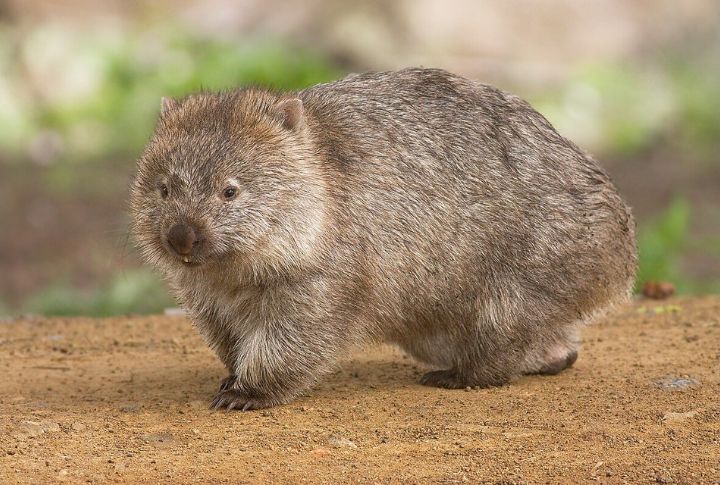
“Cube-shaped” droppings sound made up until a wombat leaves a trail. The shape stays steady on logs and rocks, clearly marking territory. A single wombat produces many cubes each night. Uneven stretching inside the intestine gives the droppings their sharp corners long before they reach the ground.
Axolotl
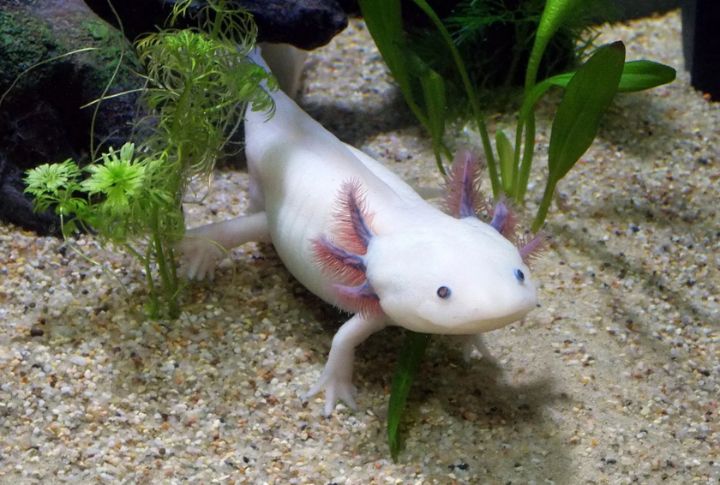
If regeneration needed a representative, the axolotl would qualify instantly. It restores full limbs with nerves, muscles, skin, and bone. It can even regenerate parts of its brain and other organs. A molecular switch controls that ability, and research shows that retinoic acid can prompt the formation of new limbs in unusual locations.
Sea Cucumber
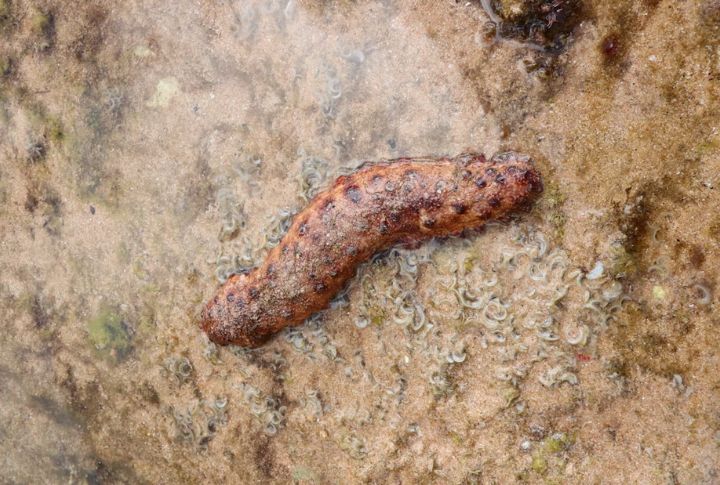
Some animals escape danger by sprinting. A sea cucumber escapes danger by turning its body into something soft enough to ooze through cracks. When threatened, it ejects internal organs and later regrows them. Some species even produce sticky defensive threads that tangle anything that chases them.
Lyrebird
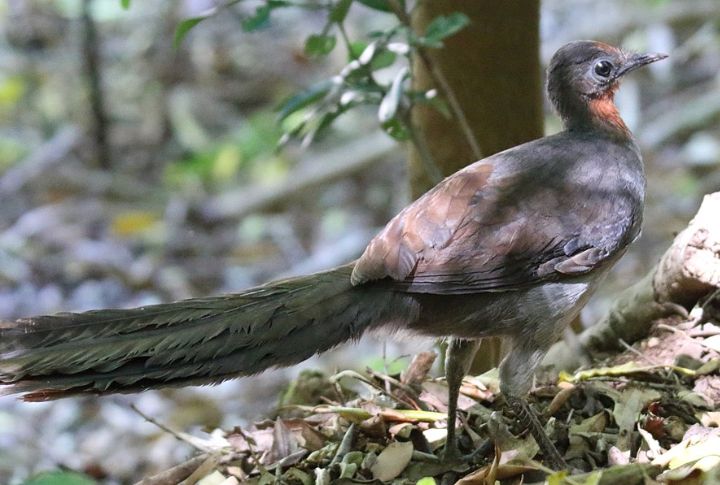
People who hear a lyrebird for the first time usually stop to make sure the sound is real. It copies chainsaws, camera shutters, and car alarms with impressive accuracy. Males also use this audio range during courtship, giving the performance added purpose during mating season.
Immortal Jellyfish
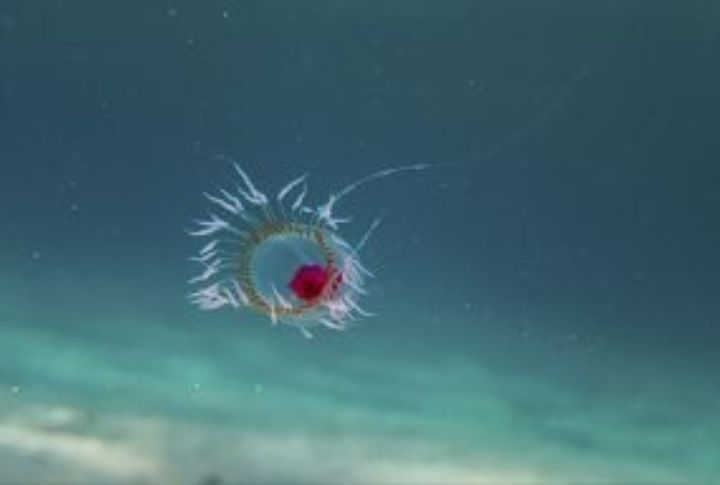
A reset button for life sounds like fiction, yet this jellyfish reverts its cells to an earlier stage through transdifferentiation. The change restarts its entire cycle. It can repeat that shift many times, although disease and predators still limit how long any individual survives in the wild.
Mantis Shrimp

Color works differently for a mantis shrimp. Its eyes can recognize up to sixteen kinds of color signals, including ultraviolet and polarized light. Even each eye moves independently, which gives it a split view and helps it pick up details other animals simply can’t see.
Tardigrade

Heat, cold, and radiation rarely bother tardigrades. They tolerate extreme conditions that can wipe out most animals. When conditions become impossible, these microcreatures enter a paused state that lasts for decades. They have also survived the vacuum of space, which places them in a category very few species ever reach.
Horseshoe Crab
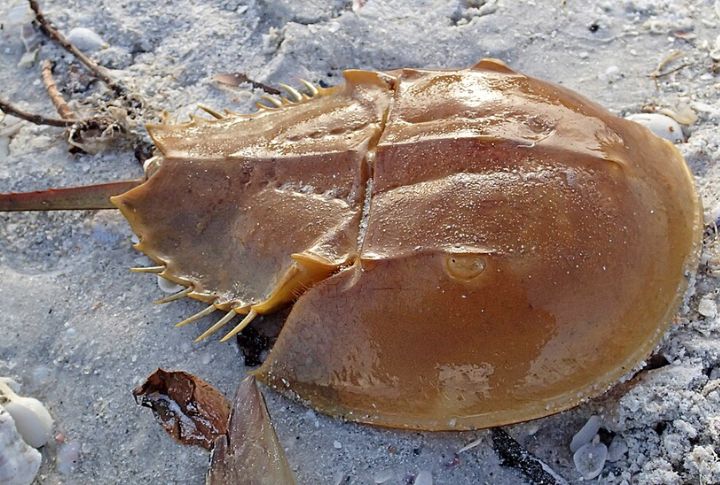
A horseshoe crab’s blood stands out immediately because it appears blue. Copper in its system causes the color, and the amebocytes inside react to bacterial toxins in a reliable way. Many medical tests depend on those cells, so the species plays a major role in safety screening.
Platypus
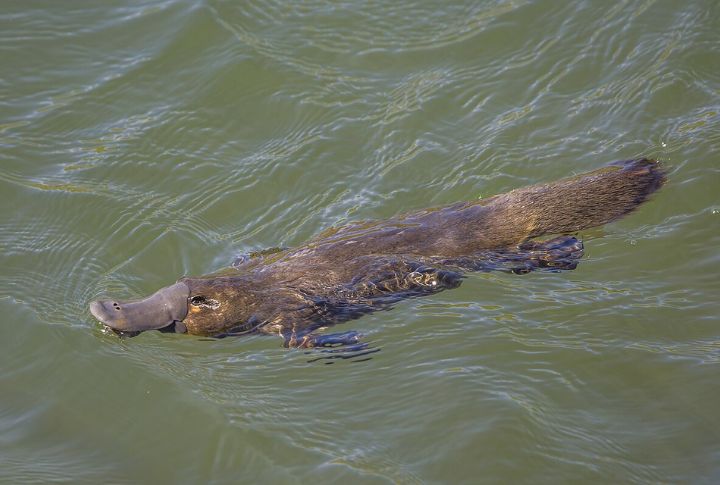
Ultraviolet light reveals something unexpected on a platypus. Its fur emits a blue-green glow when exposed to that spectrum, and researchers continue to study the mechanism behind the effect. The glow doesn’t change how the animal behaves, yet it adds another curious trait to a species already known for unusual features.

